Your cart is currently empty!
Ancient F4–Pan An, the Faithful Nishikado Syoijirou (西門 總二郎)

When the sneak peek of Song Yu came out, everyone guessed that his F4 equivalent was Nishikado 西门 (Xi Men henceforth). Now we’re going to meet the real equivalent, who lived about 1,700 years ago (some 500 years after Song Yu).
Pan An here, is probably known as an archetype of ‘ideal husband and son’. He was kind of traditional and had great ambitions, but he played the role of a faithful husband and filial son pretty well.

OK, not quite what I expected but… I guess he is not the most diplomatic person in the world! I mean this guy Pan An was known to be carrying a catapult with him everywhere he went! Definitely not someone you would want to mess with, let alone having a verbal spar with unlike the case of Song Yu who can quite easily sweep you off your feet with his smooth talks.
So while Song Yu was someone you wouldn’t want to mess with for he’ll talk you to death, it was very likely that Pan An would stab/bash you to death if you piss him off.
This ‘Homme Fatal’ side of him possibly made him more attractive to his fangirls because his dark side is clearly very much whitewashed and overshadows by how beautiful he looked.
So while most fans today would present their idols with less perishable items like these:
Ancient women some 1,500 years ago set the bar for fangirling by filling the carriage of their idol (Pan An uniquely though) with fruits! In more extreme terms, apparently, they would HURL fruits at him as his carriage went past them.
It definitely wouldn’t make sense if they were just filling his carriage with cheap/readily-available fruits because I can’t imagine how that would score any point with him, so I have taken the liberty to imagine that they probably got the more exotic, western fruits like persimmons, pomegranates, and grapes which were imported from the West through the ancient silk road.
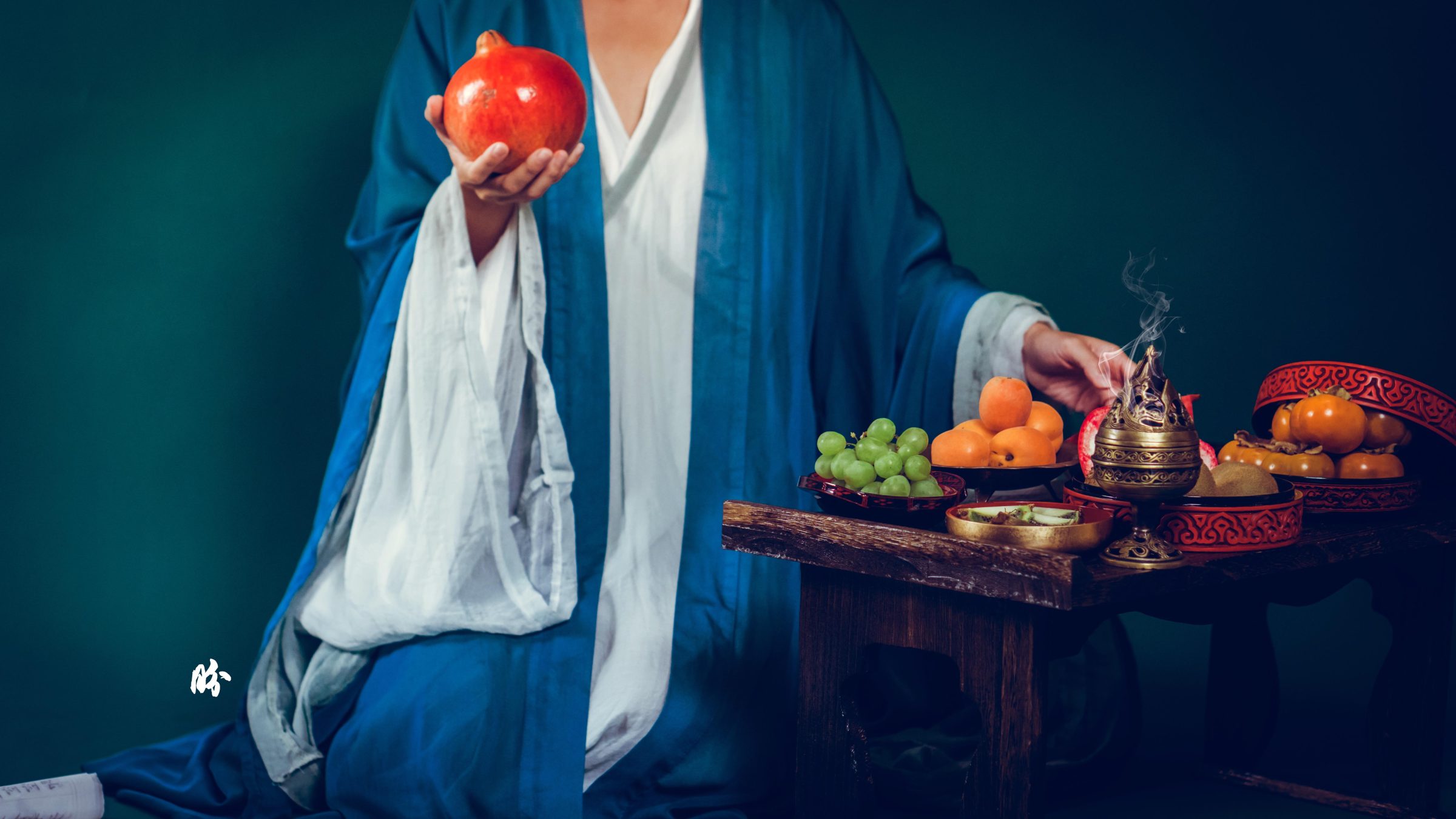
Before Han dynasty (206 BCE–220 CE), there were very few trading activities between the Chinese and the West (anything beyond its western borders). So they had native fruits mainly like apples, pears, oranges, dates, plum etc. But with the official establishment of silk road in Han dynasty, suddenly there were a lot more things going between China and the west. On top of it, the 400 years of stability (kind of) in China allowed the Han empire to expand its reach and thereby having greater access to different resources from various regions beyond its original land.
So like in the photo above, you would then have grapes, persimmons, pomegranate, lychees. However, if you have read my Snow White x Lady Yang Guifei article, you would learn also that despite that access, some of the fruits remain very precious even some 500 years later due to the poor transport system in those days. So with that in mind, perhaps giving their idol precious fruits doesn’t seem too perplexing after all!
Except that I also sneaked kiwi in the picture. Because kiwi would not have been considered precious since it was a native fruit to China (surprise!) and was mainly regarded as ‘wild fruits’. It was only brought to New Zealand by a Kiwi (haha) female teacher by the name of Isabel (last name tbc) 1904, where it took off and became an integral part of their national identity!

In ancient China during the Tang dynasty, there was a poet who wrote about how the centre of the house was decorated with racks of kiwis. I never thought of Kiwi as a beautiful plant till now! And yes, floral arrangement and decoration was a very ancient art form in the Chinese culture.
Which brings me to the F4 portion–Xi Men. Most of us just know them as F4, but the Japanese title of the anime was Hana yori Dango 花より男子, which originated from a traditional Japanese Idiom which sounds exactly as hana yori dango 花より団子 except that there’s one word that’s changed. It literally meant to prefer dumpling over flowers, which is then used to mean preferring substance over superficial form. In this case, the English translation Boys over flowers probably has a similar effect as saying the guys are more desirable than flowers.
And who else to be literally competing his attractiveness with flowers than Xi Men!
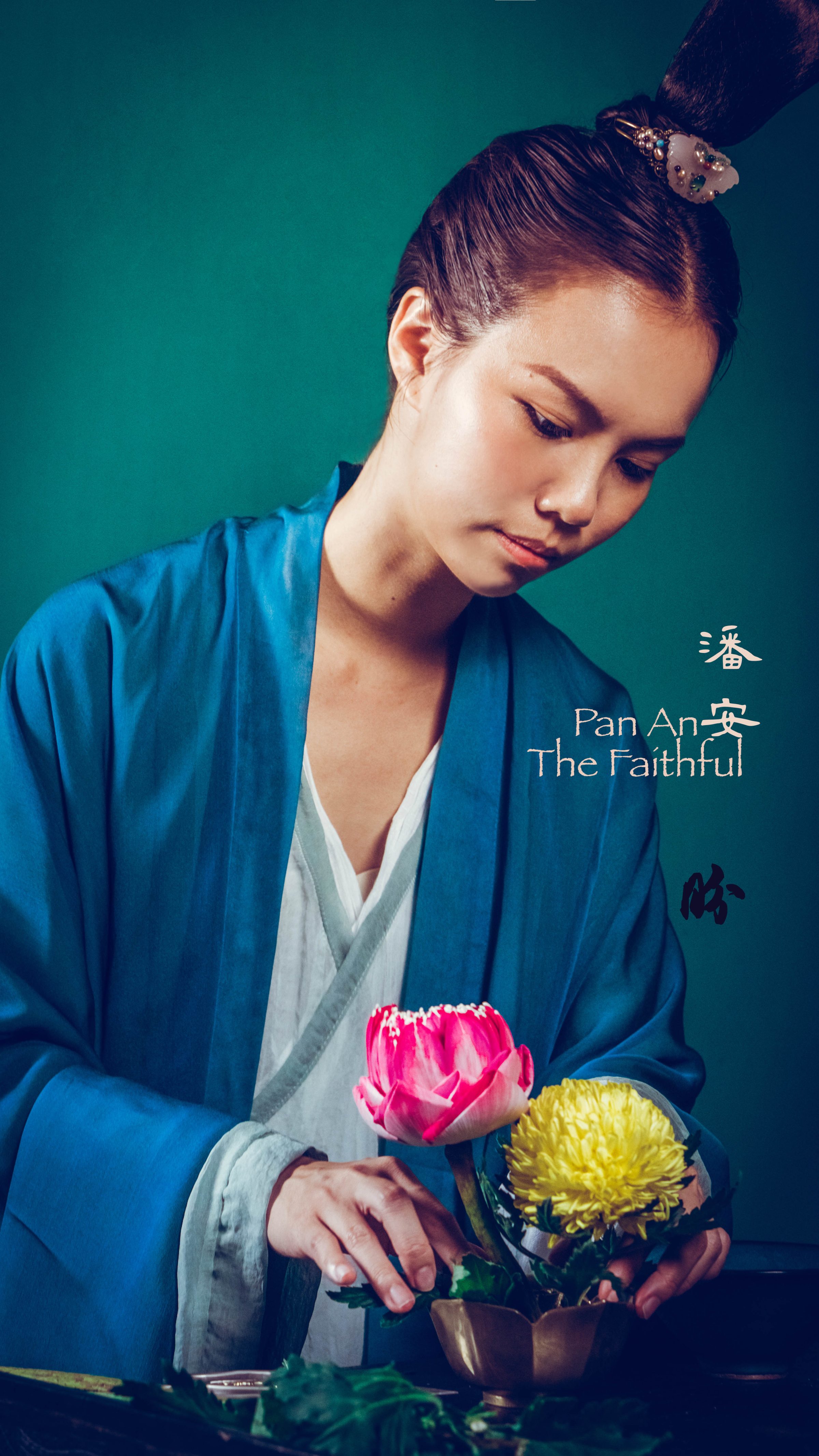
Xi Men was from a well-known family who ran a Japanese tea school for generations. Tea ceremony was often associated with floral arrangement (ikebana) as well as the Japanese dessert that includes the sweet dumpling Dango (Yeap, that’s the Dango that I mentioned earlier!).
Floral arrangement has its place in history for thousands of years in Asia as East Asians embraced nature and saw it as integral to one’s wellbeing. For 3000 years, Chinese have also been integrating nature and flowers in their art and material culture. The first surviving documentation of that was this Eastern Han dynasty tomb wall mural from 1,800 years ago in Hebei province of China:
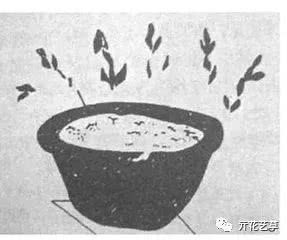
Many believed that floral arrangement became an art form in China because of the rise of Buddhism and the Indian practice of offering flowers to the gods. The Chinese probably combined the Indian practice with their own vessels and preferences so instead of laying them on trays or in front of the gods, they started putting them and arranging them in particular fashions in chinaware etc. Perhaps it is with the spread of Buddhism to Japan, that this practice became known to the Japanese and evolved to what we know today as Ikebana.
Tang dynasty (7-10th century) even had a record that specified the 9 steps to a floral arrangement such as cutting, type of water, style of vessel, and how to best appreciate the arrangement (i.e. dedicate a poem, painting it, compose a song about it).
So Pan An, lived in a period where Buddhism was on the rise, and likely that floral arrangement and appreciate would be on the rise too. When he was the official of this particular county, he ordered for the county to plan peach flowers all over and this place was henceforth known as the flower county in many literary writings of later era. It wouldn’t be too surprising to find him holding a lotus flower–a symbol and motif that became popular in China only with the introduction of Buddhism from India. He was indeed one of the boys (crazy) over flowers.
The image that most popular tales painted of Pan An was a romantic one, later poets wrote extensively about his faithfulness, and on how his hair turned white overnight at a young age of 30 years old after his wife passed away.
He was portrayed as a loyal husband who mourned the death of his wife and wrote an iconic poem dedicated to her. This piece of literature was the first orbituary-poem in Chinese history, and since then, such orbituary-poetry genre was reserved for women/wives who have passed on. If Song Yu’s poem imagined a romantic female archetype for men, Pan An’s poem sculptured a real woman worth spending your life with.
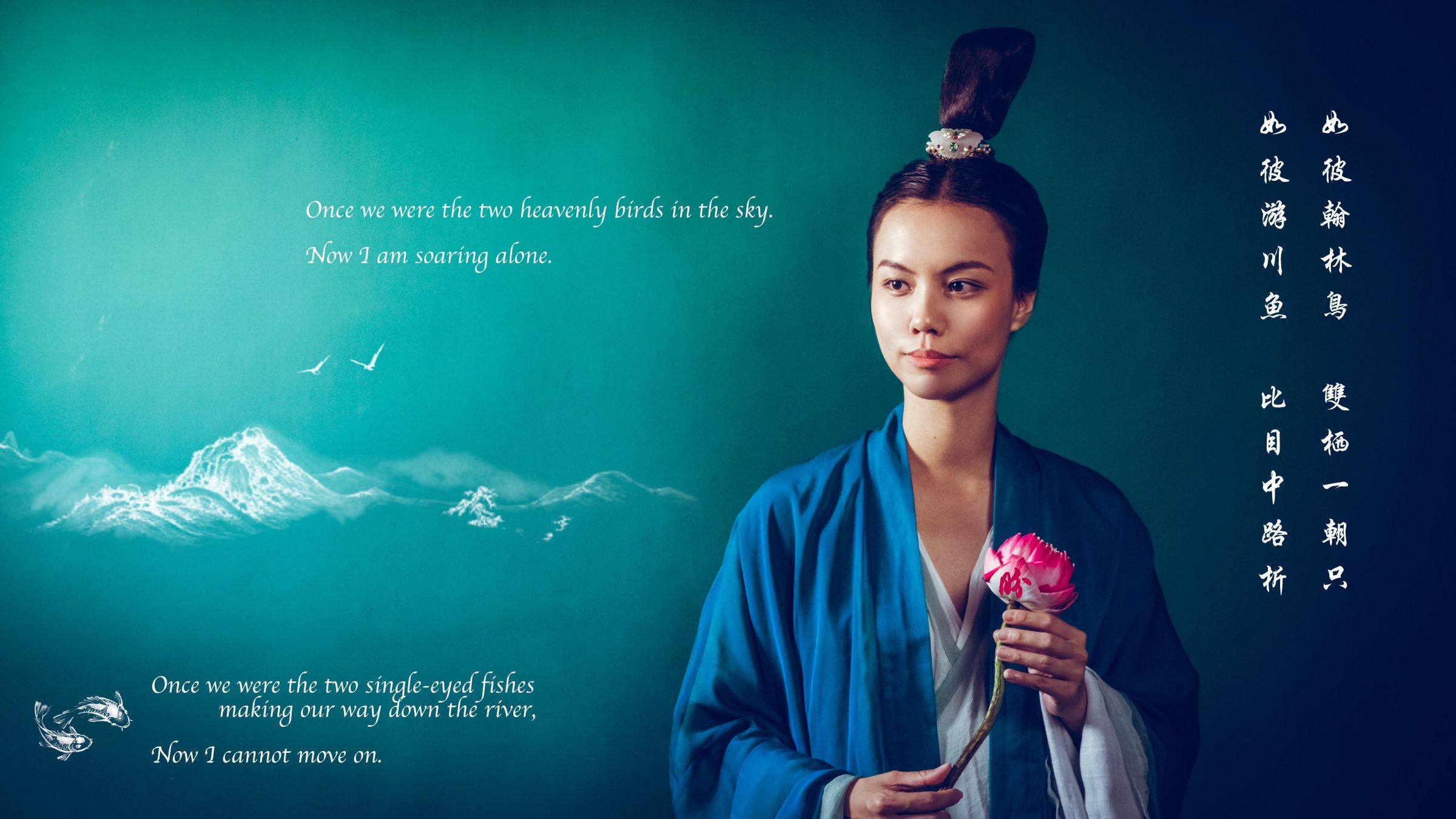
Pan An never remarried. He was famously quoted in his orbituary-poem to his wife
如彼翰林鸟,双栖一朝只。
Once we were the two heavenly birds in the sky,
Now I soar alone.
如彼游川鱼,比目中路析。
Once we were the two single-eyed fishes making our way down the river,
Now I cannot move on (without you).
I couldn’t find a ready translation, so I did this myself. A pair of birds and a pair of fishes have always been used in Chinese literature to describe a couple in love. The single-eyed flatfish, in particular, was a fish that has its eyes on just one side of its body, and they were believed to be moving forward by sticking their body together so they could see on both sides.
In this way, he was very much like Xi Men who always kept a part of his heart closed for his first love. Pan An’s first love was his wife, whom he married when he was 12 years old.
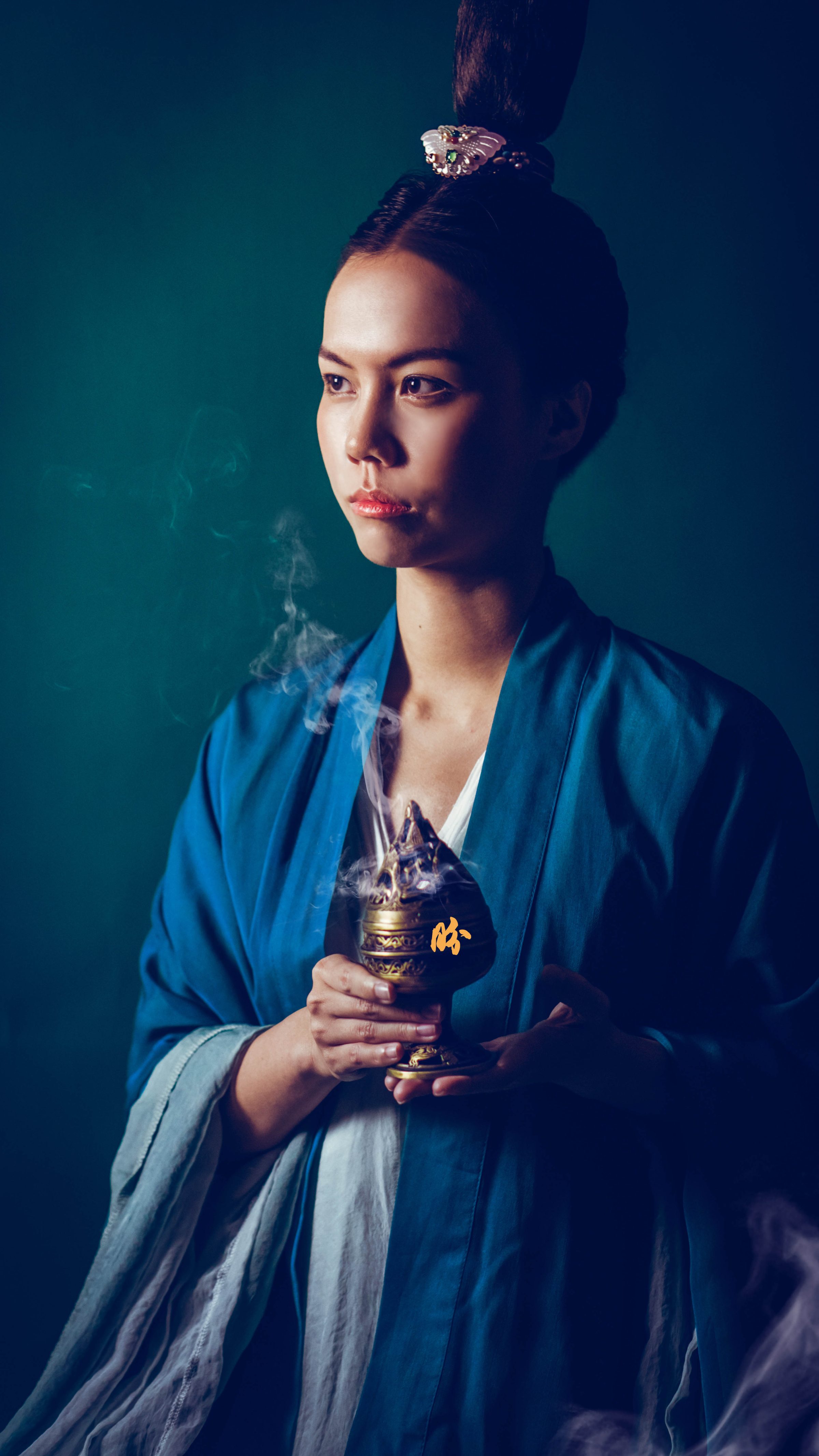
He would have also been the most well-nourished and healthy person had his ambition not landed him in hot boiling soup. His mother often warned him against trying to get too close to the powerful and influential. Alas, Pan An’s ambition got the better of him. He got too involved in the game of thrones, offended the wrong people, and when those people got to power, they made sure that he along with his relatives were gone for good. Amongst those who got executed in his family, was his mother. So even though he was also known for being extremely filial to his mother (many stories of such), he was later on removed from the 24 stories of filial piety (he was originally part of it) in the later period due to the scholar believing that he had failed his mother.
In a way, maybe it is good that his wife didn’t live to see the tragic ending. But on the other hand, had she been around, I wonder if it would be a different story.

Leave a Reply